 Medical assistants, pharmacy technicians and nurses are all responsible for informing patients of the dangers of tobacco use. Still, according to the Centers for Disease Control and Prevention (CDC), one out of every five deaths in the U.S. is related to smoking tobacco. The CDC has reported that nearly 21 percent of adults smoke. Male smokers are at a 22 percent higher risk for developing lung cancer, whereas female smokers are 12 times more likely to be at risk for the disease, compared to men and women that have never smoked.1 As of 2013, the CDC reported that cigarette smoking is the cause of more than 400,000 deaths annually in the United States, and more than 49,000 of those deaths were caused by secondhand smoke. They have also published reports indicating that the life expectancy for smokers is at least 10 years shorter than it is for nonsmokers, and that smokers who quit before the age of 40 reduce their risk of dying from smoking-related diseases by about 90 percent. 2
Medical assistants, pharmacy technicians and nurses are all responsible for informing patients of the dangers of tobacco use. Still, according to the Centers for Disease Control and Prevention (CDC), one out of every five deaths in the U.S. is related to smoking tobacco. The CDC has reported that nearly 21 percent of adults smoke. Male smokers are at a 22 percent higher risk for developing lung cancer, whereas female smokers are 12 times more likely to be at risk for the disease, compared to men and women that have never smoked.1 As of 2013, the CDC reported that cigarette smoking is the cause of more than 400,000 deaths annually in the United States, and more than 49,000 of those deaths were caused by secondhand smoke. They have also published reports indicating that the life expectancy for smokers is at least 10 years shorter than it is for nonsmokers, and that smokers who quit before the age of 40 reduce their risk of dying from smoking-related diseases by about 90 percent. 2
Smoking can put people at risk for many different diseases
Medical assistants treating individuals for tobacco-related illnesses are now becoming well-versed in warning their patients who smoke about the increased risk for other cancer, including mouth, throat, bladder, pancreatic, cervical and kidney cancers.1 However, medical students also study the way smoking causes the majority of cases of chronic obstructive pulmonary disease (COPD), as well as many heart attacks and strokes. Childhood diseases are a major focus of research because secondhand smoke and smoking during pregnancy results in many serious illnesses as well.2 The year 2014 marks the 50th anniversary of the Surgeon General announcing the link between cigarettes and deadly health conditions like lung cancer and heart disease. Today, the current Acting Surgeon General, Boris D. Lushniak, has added several more diseases to the list. Lushniak published a report via the Washington Post warning that smoking causes more cancers than those already reported. Colorectal and liver cancers are two examples. Along with those fatal diseases, smoking is found to contribute to erectile dysfunction, type 2 diabetes mellitus, age-related macular degeneration and rheumatoid arthritis. Lushniak also stated that smoking can hinder the body’s immune system from working at its highest level, which can put a person at risk for infections. Asthma, strokes and risks for fetuses, like the development of cleft palates and lips, are also caused by tobacco use. 3
Surgeon General’s goal is to create a tobacco-free generation
In an interview with Fox News, Lushniak reported that deaths caused by cigarette smoking are preventable. He explained that his goal is to create a tobacco-free generation. More than 3,000 children will try their first cigarette every day, leading to more than 5 million children at risk for cancers and death, if nothing is done to change the current smoking trend.3 This report was Lushniak’s call to action for the health care industry, which he believes can make an impact on the future of tobacco use in the United States. Smoking costs the health care system an extraordinary amount of money. The report from the Surgeon General calculated that medical care costs for smokers amount to more than $130 billion a year. Health care professionals and students are arming themselves with techniques to convince their patients of the dangers of smoking, and ways they can quit or avoid tobacco altogether. 3
Medical students can advise their patients not to smoke
The American Medical Student Association has created a Tobacco Awareness Program that provides information for medical students to guide them as they reach out to younger children and advise them not to smoke. Medical students are often encouraged to volunteer at local schools and community centers to advise and inform youngsters. Opportunities like this give students a chance to address the health concerns in the community and interact with people of all ages to answer any questions they might have about the dangers of tobacco use and secondhand smoke.4 Health care professionals are also increasingly encouraged to create their own handouts and fact sheets to provide to their patients, along with information on smoking cessation techniques and therapies that are available. 1 “Lung cancer and other tobacco-related diseases,” Mayo.edu, http://www.mayo.edu/research/centers-programs/nicotine-dependence-center/research-program/tobacco-information-resources/lung-cancer-other-tobacco-related-diseases 2 “Tobacco-Related Mortality,” CDC.gov, Aug. 1, 2013, http://www.cdc.gov/tobacco/data_statistics/fact_sheets/health_effects/tobacco_related_mortality/ 3 Chen, Cheri, “Surgeon General Adds More to the List of Dangers from Smoking,” Counsel Heal.com, Jan. 17, 2014, http://www.counselheal.com/articles/8320/20140117/surgeon-general-adds-more-to-the-list-of-dangers-from-smoking.htm 4 “Tobacco Awareness Program,” AMSA.org, 1996, http://www.amsa.org/AMSA/Libraries/Committee_Docs/tap.sflb.ashx




